Developing the "Routine of the Year"
Developing the "Routine of the Year"
Developing the "Routine of the Year"
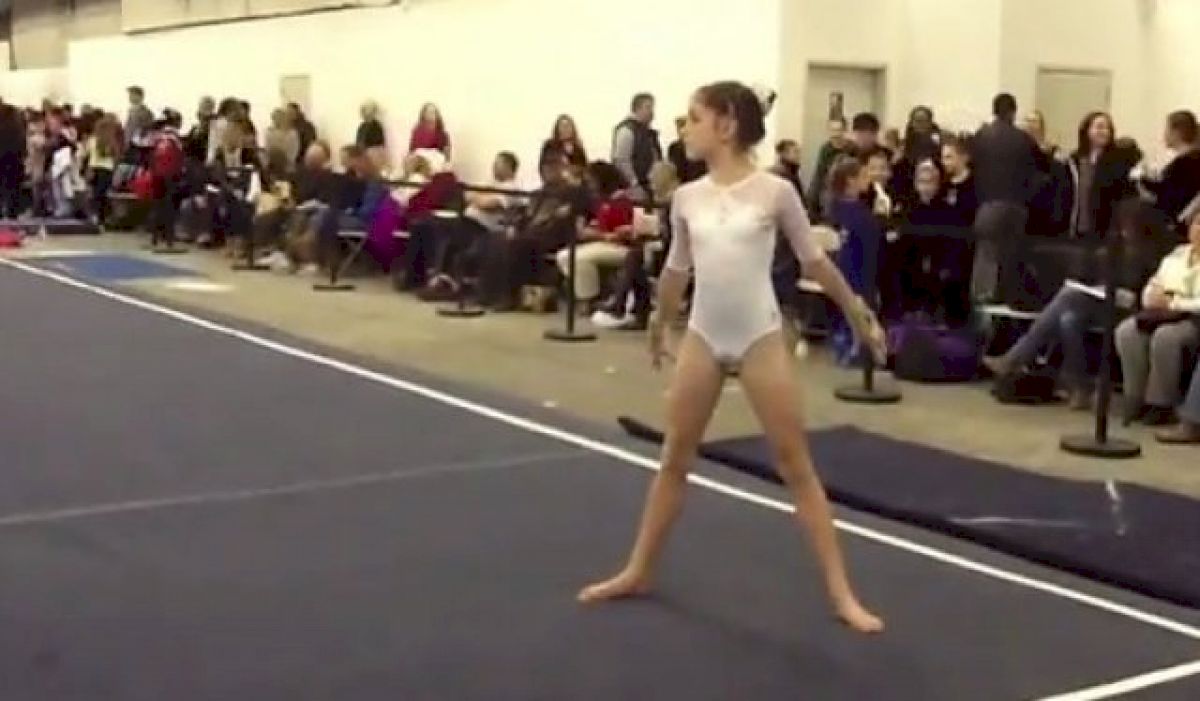
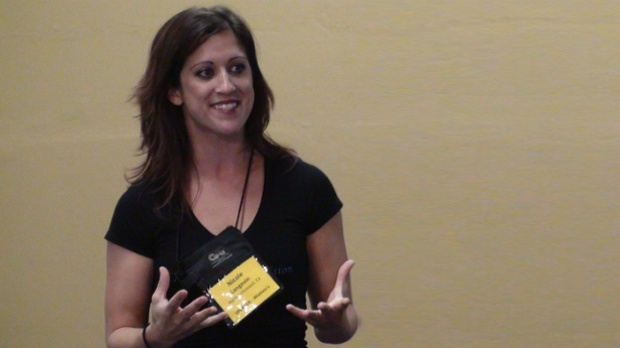
Choreographer and coach Nicole Langevin is the founder, owner & director of choreography and clinics at Precision Choreography. Over the past few years, her choreography team (including past Team USA greats Alicia Sacramone and Hollie Vise) has taken the floor exercise by storm with compelling, inventive, and artistic routines.
Last year, Langevin had the pleasure of working with Olympian Kyla Ross on artistry, which we covered in a previous interview. But when they’re not working with the best athletes in the World, the Precision team works with athletes around the country, honing artistry skills in up-and-coming gymnasts.
Each year, they make it a point to select a “Routine of the Year”. With this award, they honor the gymnast who best displays exceptionally strong showmanship and success with their floor routine during the competitive season.
Now, for the second season in a row, level 9 star Elizabeth Switzer from Golden State Gymnastics in California has received this honor! Gymnastike chatted with Langevin before the start of the 2014 season to get the scoop on Switzer, and what it means to present an “artistic” routine. Check out the interview below.
Gymnastike: I’ve heard you talk about the “identity of a floor routine." Can you tell us about your 2013 Routine of the Year, and describe the identity of this routine?
Nicole Langevin: "Yeah, that's interesting because I've had people ask me, 'What is artisty? Is artistry ballet?' And I don't think that's the case at all! This kid truly has found her own identity.
In terms of judging, and what they should be looking for and recognizing stuff like this, I think they should be like critics. So, if you hate fish and you're a food critic, you still need to be able to recognize a great salmon dish. And I think judges need to be able to do that too. And I think this kid definitely captured the judges with this routine because it's not the standard, beautiful, elegant type of routine. It's a routine that fits this kid.
It's got some really fierce moments, some quirky stuff, and when you watch it, whether you like the style or not, this kid is 100% committed to this routine, even with eye contact. And every time she did it, she did it a tiny bit different too, which was fun. There's usually a crowd that would gather around her when she would do it. She sells it. She loves doing that routine, and it shows. And then on top of that, she's got darn near perfect execution, really strong tumbling, and when you put all that together, it was quite the piece.
In terms of judging, and what they should be looking for and recognizing stuff like this, I think they should be like critics. So, if you hate fish and you're a food critic, you still need to be able to recognize a great salmon dish. And I think judges need to be able to do that too. And I think this kid definitely captured the judges with this routine because it's not the standard, beautiful, elegant type of routine. It's a routine that fits this kid.
It's got some really fierce moments, some quirky stuff, and when you watch it, whether you like the style or not, this kid is 100% committed to this routine, even with eye contact. And every time she did it, she did it a tiny bit different too, which was fun. There's usually a crowd that would gather around her when she would do it. She sells it. She loves doing that routine, and it shows. And then on top of that, she's got darn near perfect execution, really strong tumbling, and when you put all that together, it was quite the piece.
And I look at that routine, and I know that kid, and I know that nobody else could do that routine like that. And I think that's what's missing sometimes is the identity of a routine. Sometimes you look at a routine and maybe ten different people could do it and it would look nice, but when you see a routine, and go 'wow, only that kid could do that.' You know, Laurie Hernandez has that ability with her routine. Nobody else is going to do that; she's fully committed. Whether you like [her routine] or not, she's fully committed and you have to watch, and you have to appreciate that about it."
Watch Elizabeth Switzer’s 2013 Routine of the Year. This performance earned a 9.90!
Fast forward to May of 2014, and Switzer has once again earned Precision’s “Routine of the Year” for the West Coast. In a May 1, 2014 press release, Langevin commented, “with the success of last season’s routine, I was nervous about giving her a new one this season. I thought ‘how will I top that?’” Then I remembered, ‘this is Switzer, she can do anything!” Langevin took her new routine to the next level and describes the style as a “medley of tribal and lyrical dance mixed with some of the most unique level 9 tumbling out there.” Their efforts have certainly paid off; Switzer went undefeated all season and just claimed the 2014 Level 9 Western National title on floor. Langevin proudly shared, “this routine has truly has become a West Coast sensation; people crowd around the floor when she competes just to see this little showstopper.”
Watch Switzer’s 2014 Routine of the Year:
Now, many of the coaches reading this are probably thinking, "how can I develop a performance like this?" Langevin, and even USA National Team Coordinator Martha Karolyi, believe that artistry and expression - just like skill - can and should be developed in gymnastics training.
We discussed the idea of training artistry with Langevin. Below is an excerpt from our pre-2014 season interview with Langevin:
NL: “Some people may think, if they get a routine with great choreography great [artistry] is just going to happen. And really, it's the coaches responsibility at a young age to start that [artistry] training. Have them get in the mirror and act like a tree in the wind, and learn how to do contractions and all that kind of stuff. You have to build a foundation so that when they get a routine, they have a whole personality to bring into it they're excited about the artistry they've been working. If you don't get it in before they're optionals, it doesn't matter what choreography you give them. Chroreography is secondary to artistry. If conditioning is the 5th event, then maybe artistry is the 6th event. And then, you can have fun with the choreography.”
G: During the 2013 World Championships, we interviewed Martha Karolyi about the change she saw in Kyla’s artistry after your work with her, and she mentioned how artistry can be trained. She said, "In artistry, [Kyla] is so much more expressive. We really gave her help on artistic preparations and I think it paid off. … It's the key just like everything else. You teach a double double, you teach an expressiveness. It's a school of expressiveness. It's a school of ballet. It's a school of dance. And you have to go from basics and you come up to the higher level. You have to practice a lot. It's a process just like any other skill.”
NL: "I think she's definitely right. There's a phrase they use at the National training center a lot which is, 'It is what it is'. And that may sound like a compromise, but I think that's actually very smart in that there's the big picture and there's the long-term planning, and then there's the short-term. And so, you're striving for that double layout to be fifty feet in the air. But when you're in season and you can do a clean double layout and you can land it straight up, it is what it is and that's what you compete. Then you go back to the drawing board afterward and you try to get it bigger.
And with the artistry training with Kyla [Ross], that's pretty much what it was. I had a pretty short amount of time to get her to understand movement in the way that the kids that I work with start when they're five years old. I tried to cram that in to a few sessions. But then when it got time to get ready for Championships and Worlds, it is what it is. We had to go into the routine and go, 'Okay, pull your chest back here. Drop your shoulders there’, and try to portray the emotions that she was working on trying to feel. And I do think that when Worlds came, she was starting to feel her own. So I do think that you can give people tactics, definitely, and then it's up to them to bring it to the next level where they're feeling it, and that's where the magic happens."
And with the artistry training with Kyla [Ross], that's pretty much what it was. I had a pretty short amount of time to get her to understand movement in the way that the kids that I work with start when they're five years old. I tried to cram that in to a few sessions. But then when it got time to get ready for Championships and Worlds, it is what it is. We had to go into the routine and go, 'Okay, pull your chest back here. Drop your shoulders there’, and try to portray the emotions that she was working on trying to feel. And I do think that when Worlds came, she was starting to feel her own. So I do think that you can give people tactics, definitely, and then it's up to them to bring it to the next level where they're feeling it, and that's where the magic happens."
Related Content
 Replay: Lander vs Mars Hill | Mar 28 @ 6 PM
Replay: Lander vs Mars Hill | Mar 28 @ 6 PMMar 29, 2024
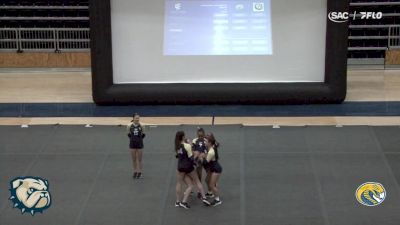 Replay: Coker vs Wingate | Mar 21 @ 6 PM
Replay: Coker vs Wingate | Mar 21 @ 6 PMMar 22, 2024
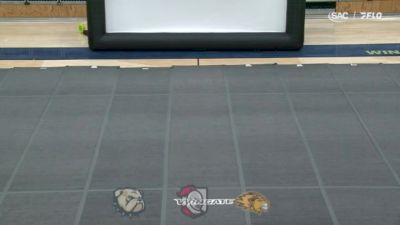 Replay: Wingate Tri-Meet - Acrobatics & Tumbling | Mar 15 @ 5 PM
Replay: Wingate Tri-Meet - Acrobatics & Tumbling | Mar 15 @ 5 PMMar 15, 2024
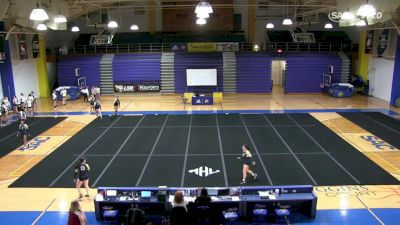 Replay: Mars Hill Tri-Meet | Feb 16 @ 6 PM
Replay: Mars Hill Tri-Meet | Feb 16 @ 6 PMFeb 17, 2024
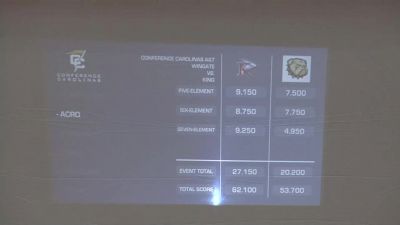 Replay: King (TN) vs Wingate - 2024 2024 King (TN) vs Wingate - Acrobatics & Tumbling | Feb 10 @ 4 PM
Replay: King (TN) vs Wingate - 2024 2024 King (TN) vs Wingate - Acrobatics & Tumbling | Feb 10 @ 4 PMFeb 10, 2024
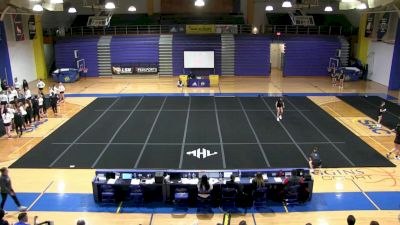 Replay: Belmont Abbey vs Mars Hill | Feb 10 @ 3 PM
Replay: Belmont Abbey vs Mars Hill | Feb 10 @ 3 PMFeb 10, 2024
 How to Watch: 2024 King (TN) vs Wingate - Acrobatics & Tumbling | Gymnastics
How to Watch: 2024 King (TN) vs Wingate - Acrobatics & Tumbling | GymnasticsFeb 10, 2024
 How to Watch: 2024 Wingate Tri-Meet | Gymnastics
How to Watch: 2024 Wingate Tri-Meet | GymnasticsFeb 8, 2024
 How to Watch: 2024 Wingate Tri-Meet | Gymnastics
How to Watch: 2024 Wingate Tri-Meet | GymnasticsFeb 8, 2024